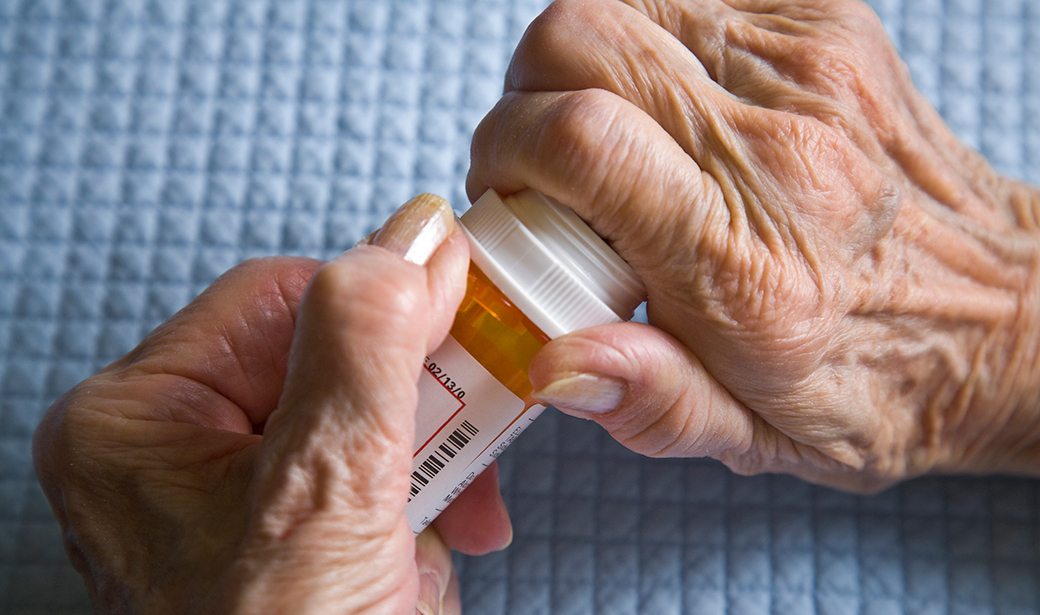Many older adults, particularly women over age 50, endure pain at the base of their thumbs and lose grip strength and range of motion. These are symptoms of thumb arthritis, a common condition that makes it hard to twist the cap off a bottle, use a doorknob or button a shirt.
If you’ve lost the ability to perform those daily tasks, relief is available at MU Health Care’s Missouri Orthopaedic Institute, where hand surgeons Daniel London, MD, and Julia Nuelle, MD, can ease your pain and help you use your hands again.
“What really bothers people is the inability to do activities,” London said. “They can’t open their own water bottles or jars of food. That gets frustrating.”
Thumb arthritis happens when the cartilage breaks down in the basal joint, where the trapezium bone of the wrist connects with the first metacarpal of the hand. It can be caused by genetics, a prior injury or a lifetime of wear and tear. Normally, it becomes a problem in a person’s dominant hand first, but it often affects both hands.
There are several nonsurgical options for treatment, including physical therapy, anti-inflammatory skin creams, braces and cortisone injections. If none of those provide lasting relief, London and Nuelle perform a surgery that can fix the problem.
The surgery is an outpatient procedure done under regional anesthesia. The trapezium — a small bone less than an inch long — is removed. Then, the base of the first metacarpal (which leads to the thumb) is tethered with a suture to the base of the second metacarpal (which leads to the index finger). The suture creates a hammock under the thumb that prevents it from slipping back into the space where the trapezium bone previously was. In some cases, a small extra strip of tendon harvested from the wrist is used in addition to the suture to provide extra support for the thumb.
Four or five days after surgery, your postoperative dressing will be removed, you’ll get a removable splint and begin physical therapy. The goal is to regain full range of motion, meaning you can touch the tip of your thumb to the pad of your pinky finger. That process can take up to three months, but many patients achieve full range of motion within six weeks, if not sooner. At that point, you are safe to return to your favorite activities. You can expect to regain full strength in your thumb six months after your motion has returned.
“Surgery works great, and patients do really well afterward, but they do need to understand it’s not an immediate fix,” London said. “I tell them they will feel good once they have full motion and feel great once they have regained their strength.”





